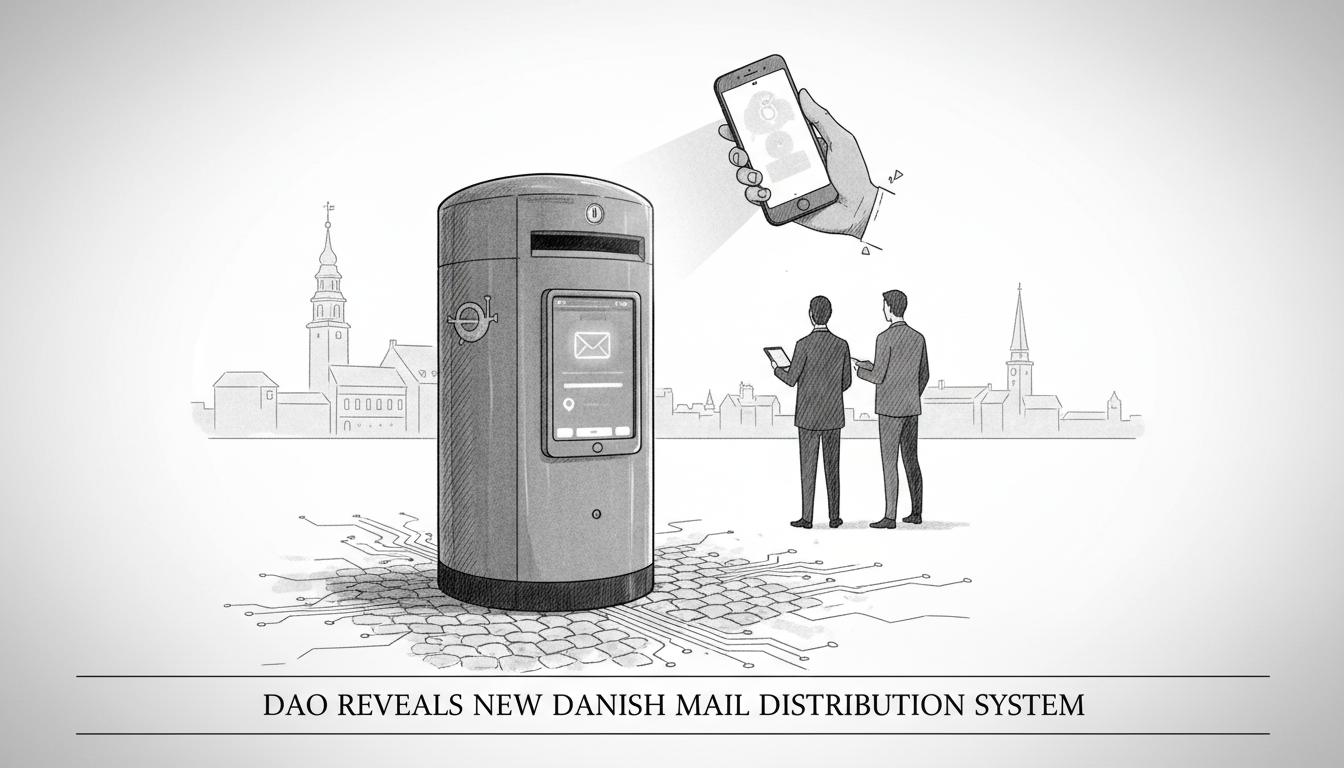Danish distribution company Dao has unveiled its new system for handling mail delivery across Denmark. The company announced its plans through an official statement that outlines significant changes to how Danes will send and receive letters.
The new approach centers around a user app and purchasing portal. Customers can buy postage, request express delivery, and arrange international shipments through these digital platforms. Lars Balsby, Dao's sales director, explained the thinking behind the changes.
He said in the statement that simplicity matters when thousands of former PostNord customers need new mailing solutions. The transition must feel straightforward for people accustomed to traditional mail services.
The app offers several additional features. Users can purchase home delivery of letters, access customer service, use an AI chatbot, and track packages in real time.
Dao reports receiving many inquiries from Danes seeking clarity about future mail distribution. Customer questions particularly focus on the removal of traditional red mailboxes that have long been fixtures in Danish communities.
Balsby acknowledged the challenge of changing habits. Danes maintain strong traditions around postal services and letters. The company wants to preserve some tradition by installing 1,500 of its own red mailboxes. These will appear in locations called Daoshops.
This transition follows March's announcement that PostNord Denmark would close its letter business by the end of 2025. The decision reflects decades of declining letter volumes across Denmark and other Nordic countries.
Dao brings substantial experience to this expanded role. The company, originally named Dansk Avis Omdeling, has delivered newspapers in Denmark for over 100 years. It began handling letter distribution in 2011 and added package delivery in 2012.
The shift represents more than just a change of providers. It signals a fundamental transformation in how Danes interact with postal services. Digital solutions now complement rather than completely replace physical infrastructure.
This balance between tradition and innovation reflects broader Nordic approaches to technological change. Denmark maintains its iconic red mailboxes while embracing digital convenience. The parallel operation of physical and digital systems shows practical adaptation to changing consumer behavior.
International readers might find Denmark's mail transition particularly interesting. Many countries face similar declines in traditional mail volume. Denmark's hybrid solution could offer lessons for other nations navigating this digital transition while preserving beloved cultural symbols.
The success of Dao's approach will depend on user adoption. The company must convince Danes that digital convenience can coexist with traditional mail services. Their solution attempts to bridge generational preferences and technological realities.
What happens next will influence mail services across Scandinavia. Other Nordic countries watch Denmark's experiment with hybrid digital-physical mail distribution. The outcomes could shape regional approaches to postal service modernization.

